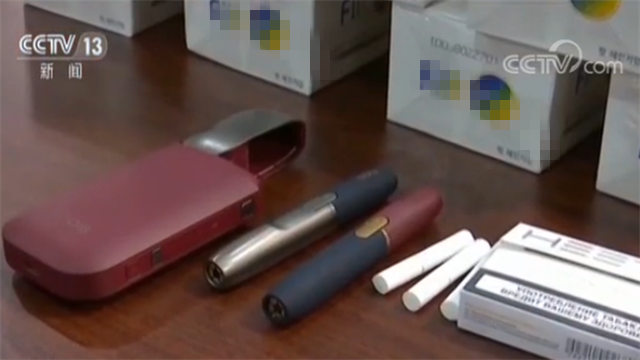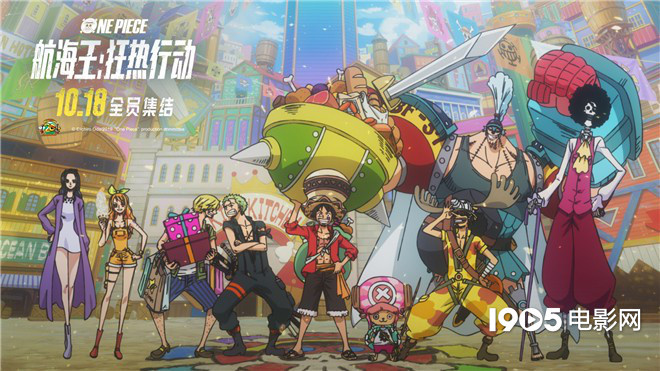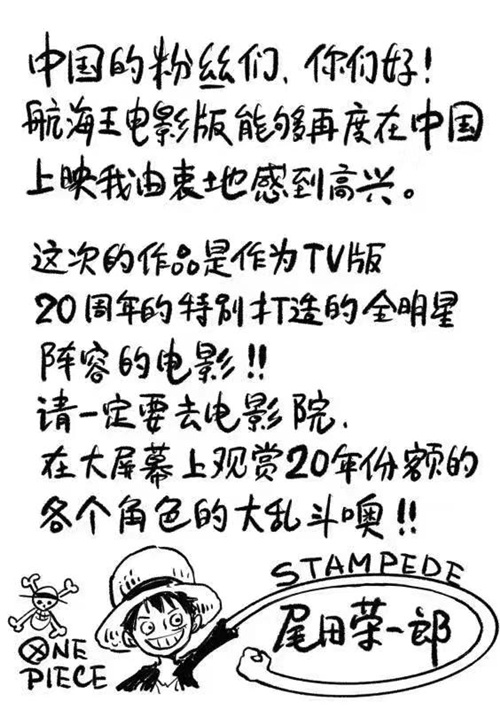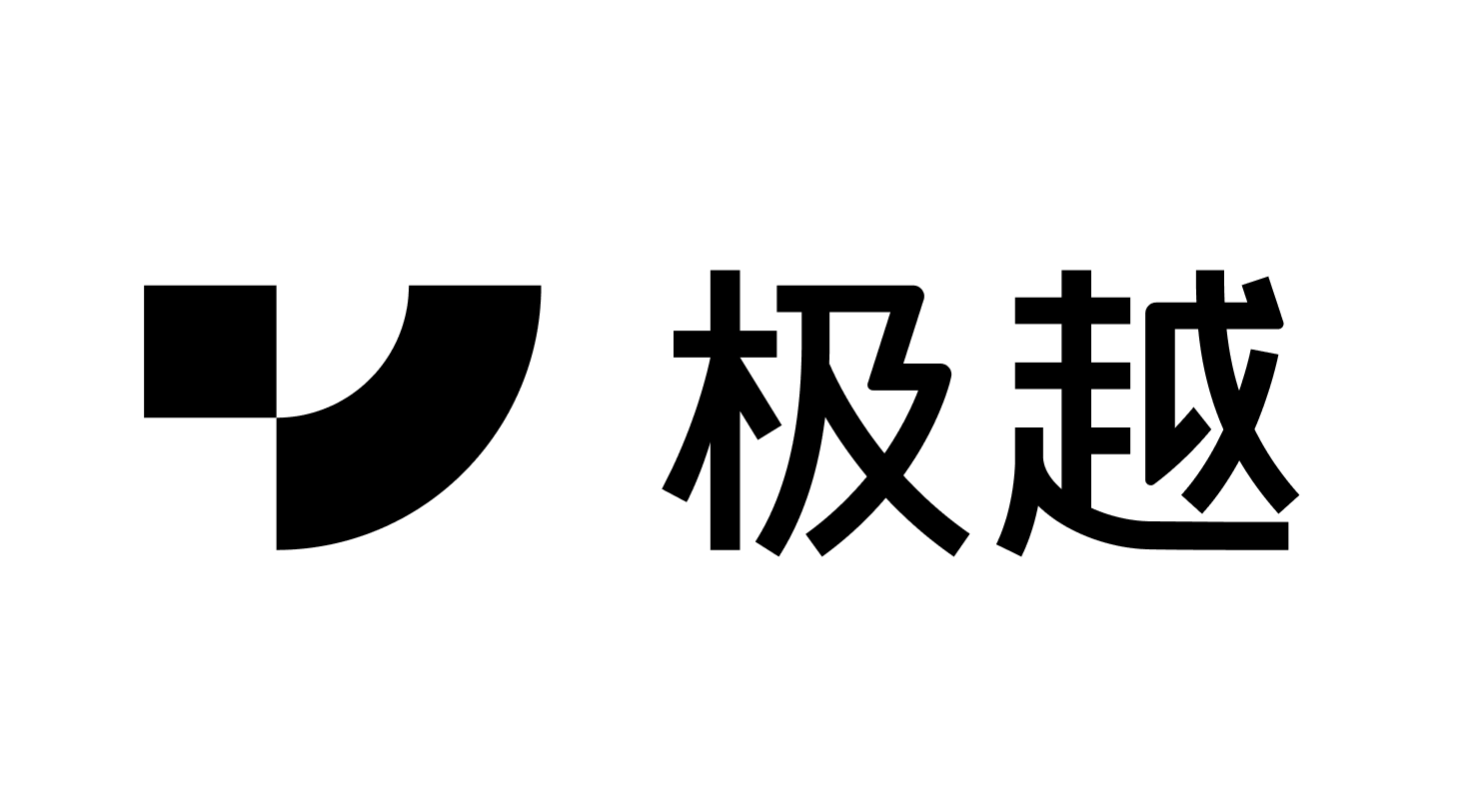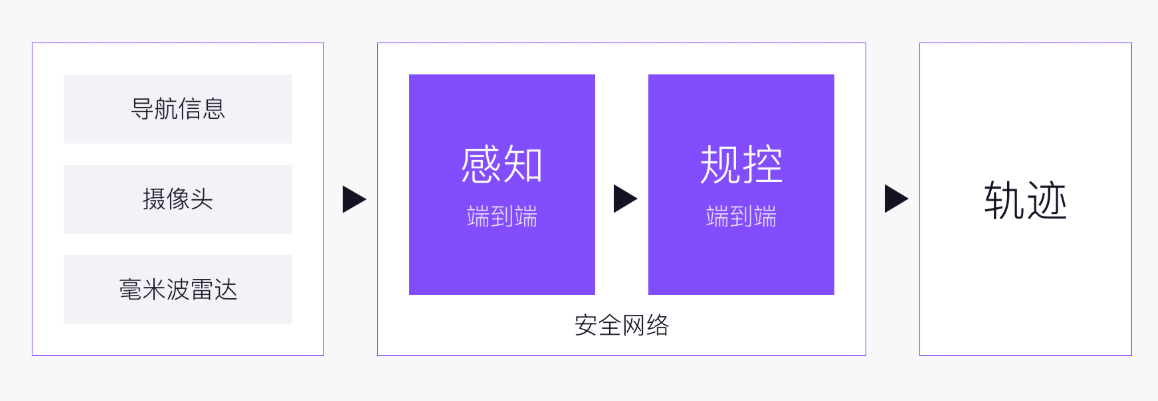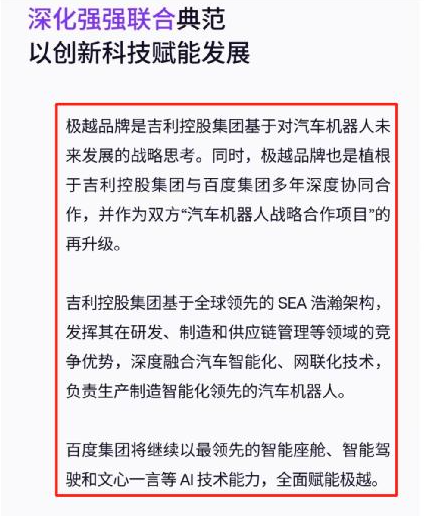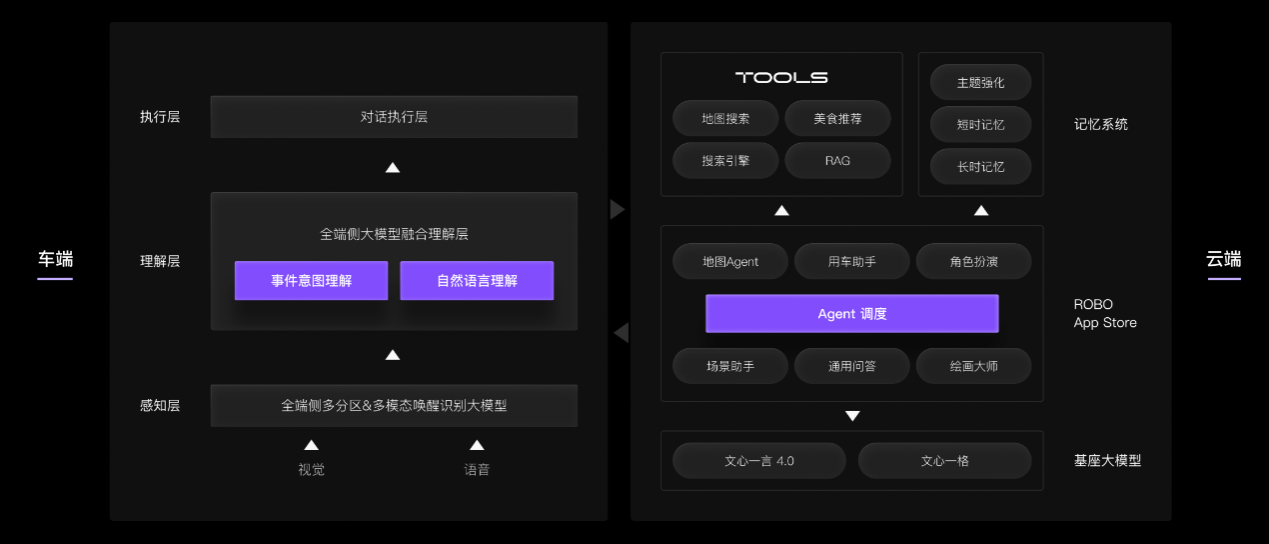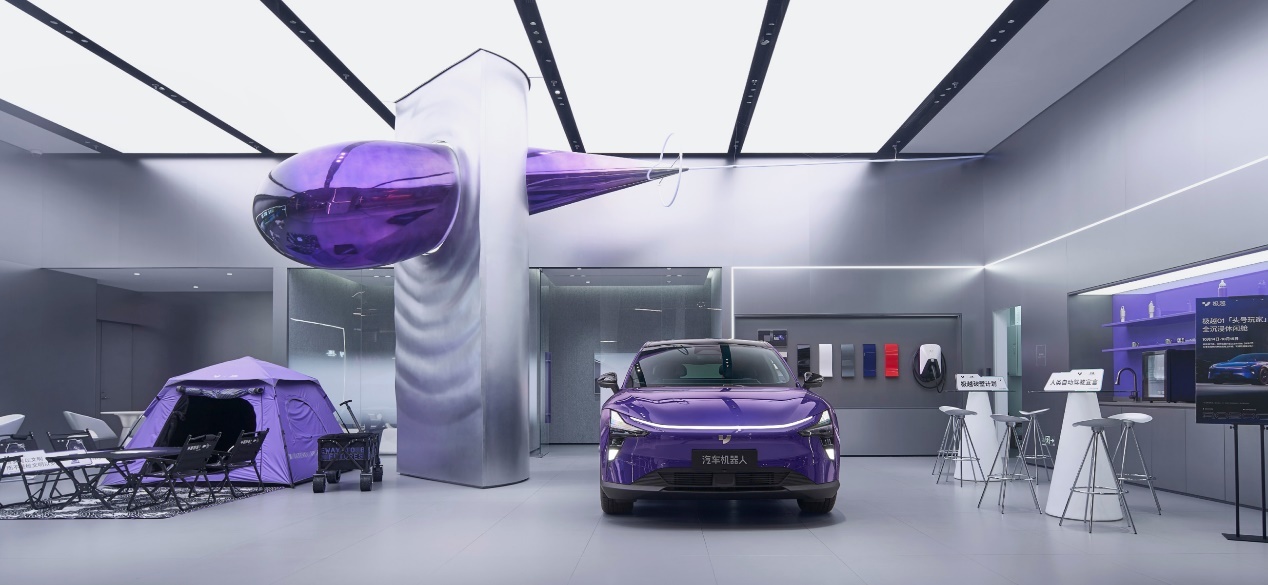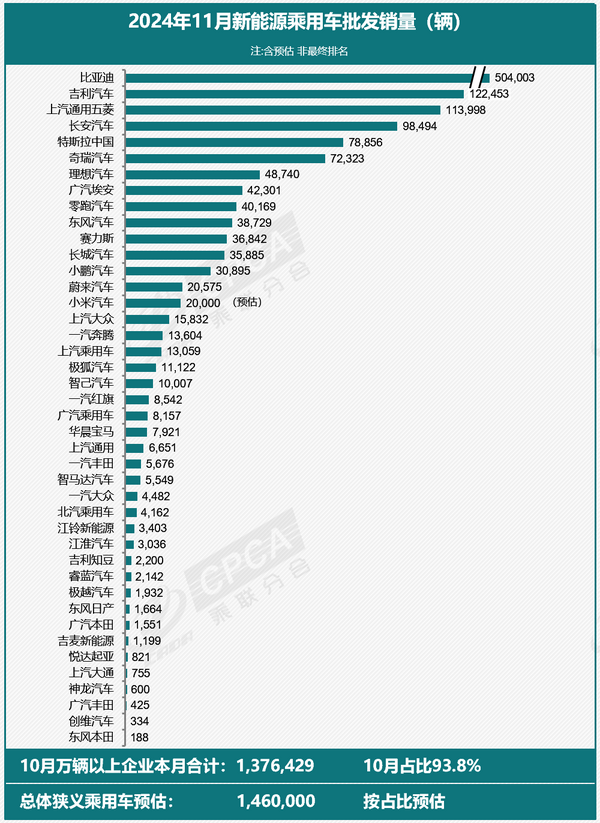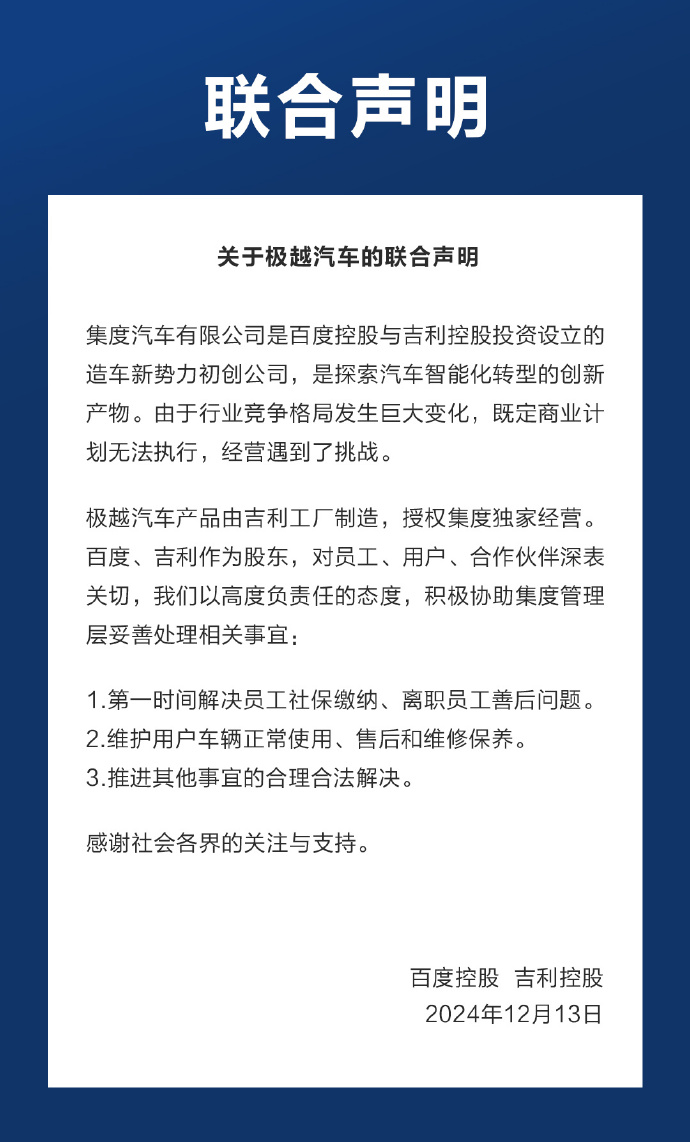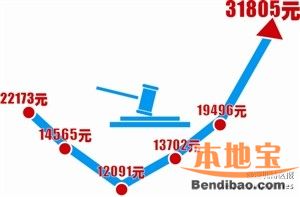Jiang Kan

This summer came earlier than usual. Walking on the bluestone board of Xiaoxi Street in May, honeysuckle hangs loosely from the black tiles on the roof. The white complex stone climbs on the mottled white wall, like a windmill jasmine. Hydrangea is like a glutinous rice dumpling with rouge and rosy complexion.
The street ice cream shop emits air conditioning, so hurry in and ask for a vanilla ice cream ball to relieve the heat. Young people who come back from big cities no longer complain that there are only Starbucks and hi-tea in their hometown, and the hand-made coffee here is not inferior.
What is on display in the West Coast Art Museum is Pan Wuyi’s oil painting of "Poetry and Painting as a Harbor", a poet and painter born in the 1980s. The water town shows a strong color in the artist’s works. The city study is like the Xinhua Bookstore when I was a child. I hide in the summer vacation and read books and blow air conditioning.
This is the summer in Jiangnan, and it is also the moving place of Xiaoxi Street.


one
Xiaoxi Street is the largest existing old residential area with brick and wood structure in Huzhou central city. Ming Chongzhen’s "Wucheng County Records" contains: "Yifeng Bridge is a small west street, with oil truck lane, high lane, Shiluan lane, Beiqi lane and Chaoyang lane."
In addition to residential houses, there are also cultural protection units such as Wenzhai, Yangzhai, Shenzhai and Xuzhai. Like Yangzhai, the roof is much higher than the surrounding buildings. The buildings along the river are six bays wide, with stone carvings on the back eaves to ward off evil spirits, and clips in the left and right gables. Seen from the other side of the river, the transformed community happy neighborhood center can clearly see the small windows on the riverside of the house, with a single large eight-character river port in the center, which is a boutique in Huzhou’s riverside residential buildings. In the 34th episode of CCTV’s "Remember Homesickness" in the fifth season, the film crew came to Huzhou and talked about past lives in Xiaoxi Street.
Huzhou people are very proud: "Pingjiang Road in Suzhou, Dashilan in Qianmen, Beijing, and other cities have been photographed in such famous places!"
Xiaoxi Street began large-scale protective renovation in 2014. As for the renovation results, the words of a foreign official who came here for an inspection may be summarized as follows: there is no century-old brand and no stinky tofu fried chicken. Why are young people still willing to come and are so lively at night?
It is not an easy task to protect and make effective use of the ancient street. We are no strangers to those antique old streets full of fried dough sticks, spicy food and stinky tofu.
Everyone knows that the old house can’t be demolished. So, what’s the matter with standing still?

2
Five years ago, Gu Zhongjie initiated the formation.Xiaoxijie wenchuang companyResponsible for the planning, design, renovation, investment promotion and operation of the block.
Gu Zhongjie, a native of Huzhou, graduated from China Academy of Fine Arts and has been engaged in design for nearly 30 years.
He is confident to be a block, but he is ambivalent in the face of Xiaoxi Street. On the one hand, he doesn’t want people to come for the old house, but the old house must be there, because it is the treasure of this block.
With his own experience in many well-known restaurant and hotel projects in this area, he first planned and renovated several deep-seated courtyards, and opened Jiangnan Chunzao Wugu Health Cuisine, Huzhou Banquet, Wuer Vegetarian Cuisine, Caishen Pavilion Tea House, Ice Cream Shop, etc., with high and low prices, and tried to start the practice of simultaneously protecting Xiaoxi Street and commercial atmosphere.


The restoration and operation of ancient streets are most afraid of one size fits all: the same tonality, the same labor, the same rent, the same price, no gradient, no diversity, and no vitality.
There must be shops in online celebrity, such asLight and roomIt opened in Xiaoxi Street in 2020, with wood color, outdoor space and cats.
florescenceIt is a flower shop that has been open for more than a year, and a storefront of several square meters is in a conspicuous position on the main street. Outside the door, the collaterals climb, and the wild and domestic flowers are reflected in the diplomacy. The standard for young people is: go in and buy a bunch of flowers, and then bend a few shapes at the door. Outsiders say that the business is good because the shopkeeper is very dedicated and operates online and offline together. Sometimes the door is closed, but the light is on, and most of them are busy inside.
The rice warehouse in the high lane is under renovation, and a window is opened in the alley that is not wide. People passing by say "Wow, what a Japanese style", which somewhat relieves people’s anxiety that they can’t travel abroad after the epidemic.
Later, a light food shop opened in Chaoyang Lane.co-opA large flat floor, without any partition at all, just put a few tables and chairs, which looks very vulgar. Everyone is waiting to see, "Will it be good to drive out like this?" In fact, coffee, light meals and wine really attract young people. It also inadvertently conveys an emotion-when it comes to eating, it is actually to see people. There are always so many beautiful people there, and I want to look better.
Love shop, too. People who have visited Xiaoxi Street during this time will be attracted by the "literati flower garden". The open-air small courtyard is full of all kinds of colorful flowers and plants, and a sign is hung, which is open 24 hours a day. People come to take pictures and bring a pot back.
When it first came out, people were curious, "Won’t such beautiful flowers be stolen if they are put in the open air?" The boss said, "steal it." As a result, until now, there has never been a pot less.

For Xiaoxi Street, the epidemic is a turning point. Before that, people thought the environment was very important, so the mountains and the seaside with good air have always been the first choice for travel. After an epidemic, people’s demands have changed and become two extremes. Either, staying at home is the safest place, or they pay more attention to their hearts when traveling. It seems that they are going out with a certain purpose, socializing, taking photos, posting social media, or finding a comfort that they can’t travel far.
Gu jingjing "Xuyin City Honey Drink"In the small west street main street. She combines the health brand swisse with milk tea and is committed to launching health care tea. The upstairs and downstairs are 45 square meters, and the rent is 50 thousand a year, and it has been rented for 3 years, and it is still being renovated. Gu Jingjing calculated an account and thought it should not be difficult to make a profit.
In addition to many considerations such as people flow, rent and location, the strong creative and leisure atmosphere is a great reason for choosing Xiaoxi Street. Gu Jingjing’s husband is an art teacher who likes painting and handicrafts on weekdays. He talked about going to Xiaoxi Street to open a studio a few years ago. More importantly, Xiaoxi Street has a large number of young people who like new things and are willing to pay for healthy things.
three
At the west entrance of Xiaoxi Street is a company called "shimmerThe first floor of the aromatherapy collection shop sells aromatherapy candles and essential oils, and the second floor is a DIY space where you can participate in the production. Choose your favorite smell and style and make your own aromatherapy.
A small room of less than 10 square meters in the high lane was turned into a small room by put in order.Yuefang wool branchA handbag made of wool sells for 80 yuan, but if it is made into the shape of Princess Elsa, it will sell for nearly 300 yuan. People are also willing to pay for the hobbies and time spent by manual workers. Compared with the goods on the assembly line, this kind of small wool object is more innovative.

These interesting shops are newly opened, and they have one thing in common, and they are all introduced through Xiaoxi Street Creative Life Market.
The market is a great event on Xiaoxi Street.Moonlight market, annual market, it’s good to be young.Even to the normalized weekend market … The narrow alley of Xiaoxi Street itself just created the crowds in the market, and people said hello to each other.
"The conversion rate from the market to the opening of the store is quite high, and the closing rate of the converted store is almost zero," said the person in charge of Xiaoxi Street Wenchuang Company. "We only charge the deposit and book the booth without attending. For the seller, this is a low-cost experiment. Through several fairs, she can judge whether it is suitable to open a physical store here. Conversely, those shops that rush to settle in may encounter acclimatization. " The owner of Yuefang Wool participated in the market almost every time in the past year. After a year of trying, she took the first step to open a physical store, working during the day and going back to the store at night. The rent of less than 3,000 yuan a month is affordable for her.



four
WujianfangAs the name suggests, it has five rooms and is a hotel that has been opened in Xiaoxi Street. On weekdays, the gate is locked, and the locals always explore it curiously when passing by, and ask with a little doubt, "Will anyone live?"
As a matter of fact, this boutique hotel converted from an old residential building is quite proud. It only sells buildings. Even if a person wants to live, he has to pay for five rooms, and the price on OTA is 1W+. And this is also the logic of the hotel at the beginning. The five-room creative team wanted to be a multi-storey Jiangnan theme hotel, so they designed rooms with almost no boundaries indoors. On the one hand, for the sake of the old house itself-no matter how good the old house is, it can’t escape the problem of poor sound insulation, and in business, Baodong guests can get focused and meticulous care and service.

Wujianfang

However, five rooms do not have their own restaurant. In other words, the five rooms have all the delicious food in Xiaoxi Street.
How to understand?
Jiangnan chun breakfast tingYou can eat Huzhou’s special breakfast, and you can eat thousands of buns and wonton.Huzhou banquetIt is a high-end Chinese restaurant.No two vegetarian dishesIt’s a specialty restaurant,BeerNonthing home-brewed beer restaurantIt’s a special western restaurant.Xiaoxijie assorted clay pot restaurantIt’s a snack,Caishenge tea houseIt is equivalent to Lobby lounge, which can be compared with the catering of star-rated hotels. In addition, tea shops, cafes and ice cream are scattered in all the streets.

Jiang nan chun Zao

Jiang nan chun Zao
The functional area that satisfies the spiritual level is also there. In the arts and humanities areaXi’ an contemporary art museum、Chaoyang litang、Xiaoxi street city study.The original site is a provincial cultural protection unit.Niu Jia Ben ren TangofWenchuang compound, and "Youche Lane Shouzuo Life Street"There are Taiwan Province Wenchuang brand" Aoki Workshop ",Youche Lane pottery, firebird painting, jewelry customization, high-end ready-to-wear customization and so on.

Chaoyang litang
Gu Zhongjie, who studied in Milan Institute of Technology and Design, regards the five rooms and several other hotel projects under construction as a hotel with the functional area wall demolished, and the whole Xiaoxi Street is its supporting facilities. This practice stems from the planning and management mode of "decentralized hotels" in Italy.
There are a large number of vacant houses in abandoned villages in Italy and South France. The decentralized hotel management model has rebuilt these houses, making them have rooms with centralized management but different rules, and guests become part of the community, even the community itself in some cases.

Wujianfang
Since it is a community, aborigines are a key factor. This is also the choice faced by many ancient streets and towns-do you want aborigines or not? How many aborigines should be left?
Gu Zhongjie gave a figure: "If the aborigines in a place are less than 9% of the total population, then culture cannot be effectively preserved and passed down."
The final plan is that in the original nearly 800 households to be relocated, Wenchuang Company has selected more than 80 households to live back in Xiaoxi Street, accounting for about 11%.
The question comes again. How are those who come back to live screened?
Gu Zhongjie roughly summed up these four kinds of people.
First, it is difficult to move because of family economy and other reasons;
Second, although they left here long ago, they came back to repair their old houses in this round of great transformation;
Third, people who can revive hematopoiesis for the community are fresh blood;
Fourth, they have feelings for this place, with a taste of rural sages. They retain their original way of life and have the ability to preach for local culture.
Zhong Mingqiang, who lives in the oil truck lane, belongs to the fourth category.
Zhong Mingqiang was born here in 1943. There is an old saying in Huzhou that "the water in labor is poured on this land". This house is actually Zhong Mingqiang’s mother’s home, what Huzhou people call "Qiu’s home". There are four brothers in the Zhong family, as well as several children from my grandfather’s family. Fifteen or six people live together, leaving childhood laughter in the oil truck lane.
In 2014, Xiaoxi Street faced protective renovation. Zhong Mingxi and his wife temporarily moved out and lived in more than 70 residential houses. Three and a half years later, when faced with the choice of "go or stay", he decided to "stay" without hesitation, that is, return to his old house.

Zhongmingqiangjia

Zhong Mingqiang’s neighbor’s house has been rented out.
At that time, the old house had been repaired, and the main structure had not changed. The columns that could be reinforced were all replaced with new ones. The small courtyard outside the house has also been repaired, cobblestones are laid on the ground, and Acer henryi is planted next to it, which is as red as fire in autumn. Zhong Mingqiang set up a stone table and stool. The first thing in the morning is to open the door and sweep the court.
"This is my ancestor’s house, and I have the responsibility and obligation to stay and protect it", which is the general direction of Zhong Mingqiang. In terms of personal life, he feels that this ground-floor bungalow is more grounded, and going out is the yard, and people can become very "loose" (the whole body is comfortable).
When he is free, especially before dinner, Zhong Mingqiang hangs around Xiaoxi Street and meets his neighbors to say hello and talk for a few minutes. Foreign tourists come to Xiaoxi Street, and when they see such a delicate courtyard, they come and look around. If Zhong Mingqiang sees it, he will say a few words to them. Some people were curious about the layout inside the house, so Zhong Mingqiang took them in to visit.
Therefore, living in Xiaoxi Street, it is even more rare to chat with the local people, learn a few dialects like "Baitan" and "Andan", or shave your hair in the barber shop that the local people have opened for decades and go to Mr. Blind (blind) to count your life.

five
Ask the merchants in Xiaoxi Street how much rent they spend, and you will get different answers.
Expensive about eight or nine yuan a square day, the project format is suitable for simply free, and some are cooperative participation in the joint business model.Gala coffeeExactly.
As its name suggests, the Cafe Gala is in a very beautiful place, the main entrance is often easy to miss, and the other side door has to pass through the winding ceramic workshop. Because of this, it has become the reason why Xiao Zhu came here to open a cafe-no guaranteed rent, but also hard clothes, and finally the turnover is divided. This May Day can sell more than 100 cups of coffee every day on average, which is a good result, no matter for the revenue of Xiaoxi Street or Xiao Zhu himself. Although the sales volume of 20 or 30 cups a day has returned after the holiday, no one will deliberately keep an eye on the income. Everyone knows that the block has been in operation for so long, and it is not possible to catch fire by several stores and events at once.

Because of this, for Xiao Zhu, it is worth trial and error, there is no pressure, and you can prove yourself. Before, friends laughed at him and thought he was always screaming.
And this is also in line with the original intention of the project, whether it is beneficial to young people and whether it is beneficial to tomorrow.
six
Someone asked Gu Zhongjie what the criteria are for attracting investment. He directly said, "There are no clear criteria, but if you want to make money, you must be able to survive."
It is true and modest. Xiaoxi Street has many free places, art galleries, exhibition halls and its own insistence. Because it is a community, it should be open to everyone.
Someone once wanted to hold a meeting place, and the investment promotion staff directly scared people away at a very high price. Some people also proposed to open a tea room, but it was just the kind of drinking with friends, and it was immediately rejected. These formats are not bad, but too self-enclosed for a public community project.
In the past, Xiaoxi Street was a place where local people lived, so no one could see the inside of the deep house compound. If it remains like this now, Xiaoxi Street will become a passing street and lose the significance of transformation.

seven
Is it difficult to regenerate the old house?
For operators, there must be objective limitations. Air leakage in doors and windows and high beams lead to high energy consumption. The old house also needs more personnel when it turns around. Except for the repair and protection of these government jobs, the investment for later operators is larger than that of ordinary shops.
When shops and aborigines are mixed together, there will be some contradictions. Repeated water tests also make the subsequent investment promotion more rigorous. The industrial and commercial licenses must clearly have "three noes": no fumes, no odor and no noise.
However, compared with these ready-made problems, Gu Zhongjie is thinking about the future of a block or even a city. Huzhou has a small foreign population, and young people are slow to iterate, which requires that new things in the neighborhood constantly shock people’s eyes, or that the format has strong adaptability.
(Contact us/submission email: sjdl_2020@163.com; Jiang Kan, a writer and media person, is the author of "Living in a Mountain" and "Good Evening, Dear Stranger".
